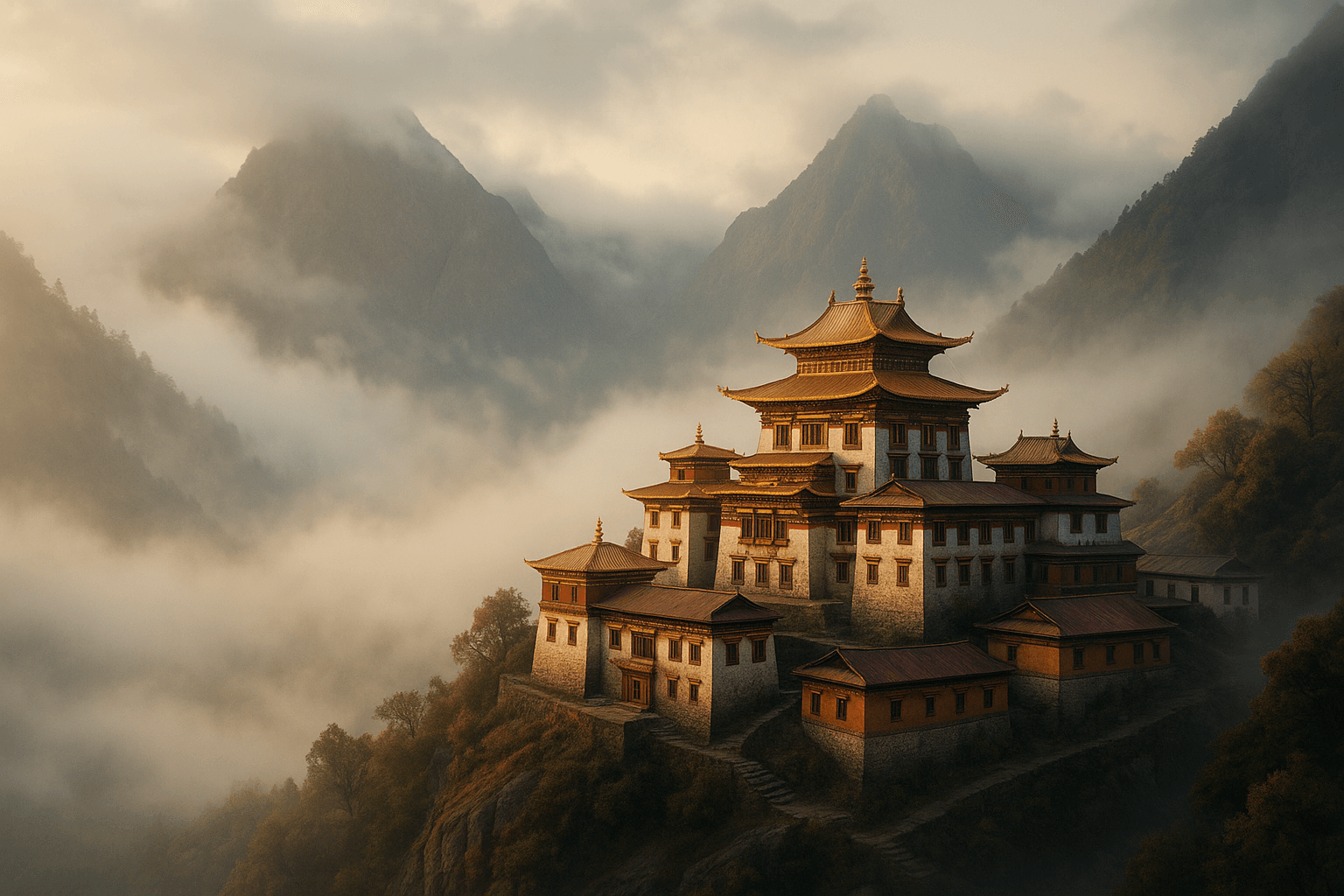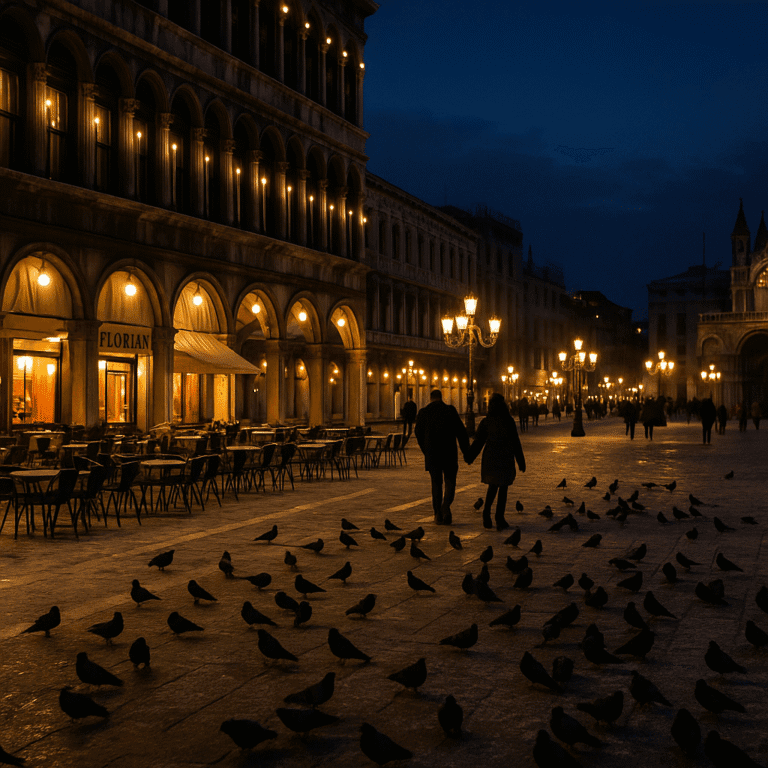Shangri-La: The Frequency of Paradise Lost

🌫️ Shangri-La and the sound that remains
Since childhood I have felt a deep connection with classic black and white films.
Already in my teens, I spent hours browsing shelves in vintage shops, yes, and there I was, among old books and dusty movies...
Orson Welles surprised me with The War of the Worlds, that story of extraterrestrial machines that seemed more real than reality.
Hitchcock Instead, I was captivated by its psychological plots: Gaslight, Psychosis, and horror in The Birds…
Shadows, fears, and creaking doors where no one should be.
And in the midst of that black and white universe, my soul found respite in Audrey Hepburn, in her simple smile, in the charm of her spontaneity, in Sabrina and his impossible love story and his nostalgic life in Paris or in Roman Holidays like that princess who just wants to live a normal life.
But among them all, there is one film that remains etched in my memory with a distinct intensity.
A story nestled between mystery, beauty, and the impossible.
A plane crashes high in the Himalayas.
A hidden city beyond the visible.
A film that I still feel belongs to me today: Lost Horizon (1937), based on the novel by James Hilton.
High in the Himalayas, beyond the Nepal we know, there is a legendary place, Shangri-La.
A hidden valley nestled among the Kunlun Mountains, in mythical Tibet.
A kingdom that does not appear on maps, but that inhabits the imagination of those who once dreamed of happiness and absolute peace.
High mountains, perpetual mist, silent monasteries, penetrating sounds, perhaps of bells that travel infinite distances, gardens that taste of eternity.
I remember those scenes vividly:
an airplane flying over icy peaks, a sudden fall through the snow.
Passengers wandering aimlessly, through days of whiteness and emptiness…
Until, like a mirage, it appeared Shangri-La.
A secret city among the rocks, bathed in a soft, unreal light.
Temples with golden roofs, still waters, flowers that never die.
Calm faces, dressed in light clothing even though the world around them was freezing.
A place outside of time.
And yet, the protagonist decides to leave.
I never understood why.
He had found harmony, beauty, the perfect stillness of the world...
And yet, something in him pulled him back to the noise, the rush, the obsolescence.
Since my innocence, I clung to the image of that valley like someone who fears losing a treasure.
I would never have left.
And when he, years later, repentant, tries to return —guided by a nostalgia he can no longer control—, I held my breath and wished he would find Shangri-La.
Because he knew, without understanding how, that Shangri-La was more than a place.
It was an inner promise.
A secret vibration.
An echo of the soul.
🧘♀️ The sound that opens the mountain
They say that in Nepal, there are still corners where that echo resonates.
In small temples or healing centers hidden among quiet alleyways, an ancient meditative art is practiced:
sound healing with Tibetan bowls.
It's not music. It's vibration.
A frequency that is perceived more with the body than with the ears.
When the bowls begin to sound, their vibration slowly penetrates the space, and something in the air and within oneself changes.
It's like a moment that becomes an eternal present.
And as if it somehow connected us to a distant place, remembered, perhaps dreamed of.
Many describe it like this:
a sensation of floating.
To return to something that cannot be named, but that is recognized.
And in that state, Some say it's possible to touch, for an instant, what we've been searching for in movies, in books, in our memories...
Perhaps Shangri-La is not on a map
But maybe—just maybe—its frequency can be felt in the deep vibration of a Tibetan singing bowl,
when its sound passes through the body and connects with the soul, and everything that is not essential fades away.
You might also be interested in these trips where history and imagination meet:







